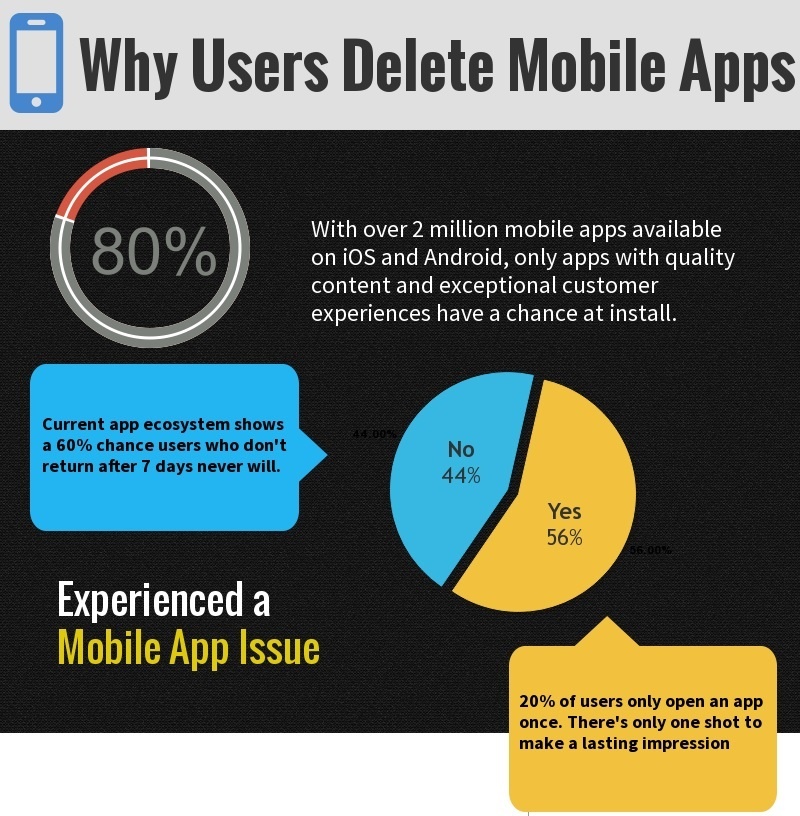Everyone who has embraced the Digital Age owns either a smartphone or tablet device (or both), with many of us changing them every year or so.
Each time we get a mobile upgrade the first thing we do is install all the apps we can’t live without.
With Christmas around the corner and many people receiving new smartphones and tablets, I thought it was the perfect time to discuss dynamic ads for app installs and how you can use it to grow your business.
What are dynamic ads for mobile app installs?
Much like normal dynamic ads, dynamic ads for mobile app installs focus on, yes, you guessed it, mobile app installs.
While they are both similar in nature, different strategies need to be used to run successful campaigns, and this is why dynamic ads for mobile app installs provide you with some unique conversions to optimize for.
But before I talk about them, here’s how you should be targeting users with this ad objective.
Focus on the right users
When wanting to drive more app installs, brands and in-house marketing agencies tend to look at the wrong metrics. Many focus solely on acquisition and try to get as many people to download their app as possible.
This way of thinking is flawed quite simply because most people who download apps will delete it directly after using it for the first time.
According to Help Shift, 80% of users delete a mobile app after a single use.

There’s little point in getting users to download an app if 80% or more are deleting it.
Your objective shouldn’t be on driving app installs; it should be on finding users who will continually use the app. Dynamic ads for mobile app installs allow you to target people most likely to install your app. This includes people who have recently visited your website and browsed for any products.
You can also optimize dynamic ads for mobile app installs by event type. For example, you can optimize conversions for people most likely to complete a level in a game, make a purchase, or book a trip.
These conversion options allow you to better reach your audience and reduce the amount you pay for low-quality installs (users who delete after a single use).
Instead of targeting lookalike audiences and cold prospects, start testing this ad objective to serving content to your most valuable custom audience – your customers and website visitors. They may be a smaller group to target than one million people in a lookalike audience, but these are the people who are most likely to download your mobile app and use it on a continual basis.
However, getting quality users to download your app is only half the battle. With dozens of apps already on their device, you need to be able to drive repeat actions to make your apps worthwhile.
Retargeting through dynamic ads
To ensure people continually use your app, you have to adjust their habits. For example, for many people, the first thing they do before brushing their teeth or eating breakfast is log in to the WhatsApp or Facebook app while still in bed.
They do this every single day. It’s a habit.
Whether you sell clothes or have created a mobile game, or whether the user is looking for a new dress or is bored, you want them to, by habit, open your app during their time of need.
To achieve this you’ll have to gently remind them of your product or service through retargeting. Based on the products they viewed or games they played on your app, you can leverage dynamic ads for app installs to turn online browsers into sales.
Here’s what Snapdeal had to say about using app retargeting:
“Snapdeal has a wide variety of products. By using dynamic ads, we have the flexibility to appeal to a diverse set of customers by showing specific products to the people who have demonstrated interest in them. By showing relevant content, we’ve seen an increase in repeat transactions in the app, and seen a 6-8x return on ad spend. Dynamic ads and mobile app remarketing with Facebook is an important part of our mobile app strategy.” – Source
Impressions lead to action
When setting up conversion metrics for campaigns, many decide to remove the view-through attribution window when assigning conversions. When running dynamic ads for mobile installs, Facebook found that around 14% of all app downloads happened as the result of a view-through without a single click taking place.
This just shows how powerful Facebook ads can be when targeting the right audience with some killer creatives.
Be sure to turn this option on when running this objective type to get a better understanding of how your ads are actually performing.
Summary
Google is adjusting its entire search engine algorithm to a mobile-first index, while Facebook not so long ago updated their bidding model when targeting mobile users.
The mobile space is continually growing with current studies suggesting that more than half of all online sales are made through mobile devices.
Mobile apps will play a massive role in driving sales. From the results brands have received from dynamic ads for mobile apps, we believe it will be the future.
How are you using them to grow your business?